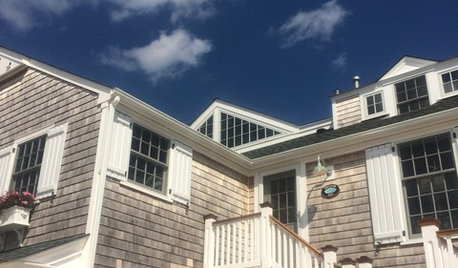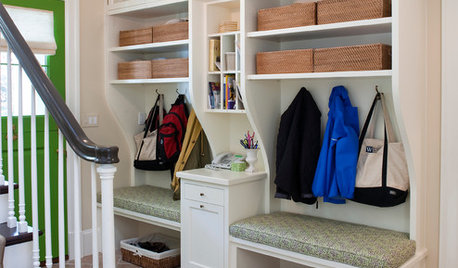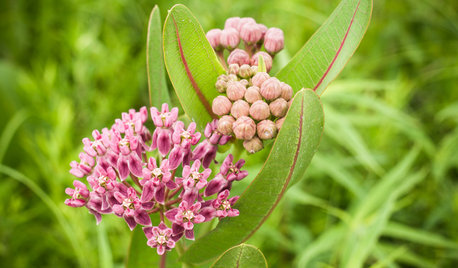Leaves Wilting on Cutting After Established
Geoff S
13 years ago
Featured Answer
Sort by:Oldest
Comments (13)
penandpike
13 years agopenandpike
13 years agoRelated Professionals
New Bedford Landscape Architects & Landscape Designers · Ballenger Creek Landscape Architects & Landscape Designers · Camp Verde Landscape Contractors · Plantation Landscape Contractors · Saint Paul Landscape Contractors · South Farmingdale Landscape Contractors · Wallingford Landscape Contractors · East Norriton Landscape Contractors · Albemarle Decks, Patios & Outdoor Enclosures · Wilmington Decks, Patios & Outdoor Enclosures · Peoria Fence Contractors · Compton Fence Contractors · Kansas City Fence Contractors · Lexington Fence Contractors · Pacifica Fence ContractorsGeoff S
13 years agopenandpike
13 years agonypd5229
13 years agogorgi
13 years agoGeoff S
13 years agofoolishpleasure
13 years agoFO876
13 years agoGeoff S
13 years agobonechickchris
13 years agocreekweb
13 years ago
Related Stories

DECLUTTERINGDownsizing Help: Choosing What Furniture to Leave Behind
What to take, what to buy, how to make your favorite furniture fit ... get some answers from a homeowner who scaled way down
Full Story
DISASTER PREP & RECOVERYHouzz Tour: Family Rebuilds Home and Community After Hurricane Sandy
This restored coastal New Jersey house — now raised 9 feet off the ground — offers inspiration for neighbors considering a return
Full Story
FRONT YARD IDEASBefore and After: Front Lawn to Prairie Garden
How they did it: Homeowners create a plan, stick to it and keep the neighbors (and wildlife) in mind
Full Story
MOST POPULARWhat to Do After a Hurricane or Flood
How you treat your home after a natural disaster can make all the difference in its future livability — and your own personal safety
Full Story
MOST POPULAR9 Real Ways You Can Help After a House Fire
Suggestions from someone who lost her home to fire — and experienced the staggering generosity of community
Full Story
GARDENING GUIDES20 Favorite Flowers for Butterflies and Bouquets
Discover perennials and annuals that do double duty as butterfly magnets and versatile cut flowers
Full Story
ORGANIZINGWant to Streamline Your Life? Get a System
Reduce stress and free up more time for the things that really matter by establishing specific procedures for everyday tasks
Full Story
DECORATING GUIDESAbstract Art for Every Style Interior
Lighten a traditional setting, deepen a transitional one, establish a palette — abstract art can give more than just modern rooms a boost
Full Story
FALL GARDENING11 Trees for Brilliant Fall Color
Give your landscape the quintessential look of autumn with the red, orange and yellow leaves of these standouts
Full Story
GARDENING GUIDESGreat Design Plant: Asclepias Sullivantii
Celebrate the pollinator community that flocks to this rare prairie native’s nectar and leaves
Full StorySponsored
More Discussions






Mike Kincaid